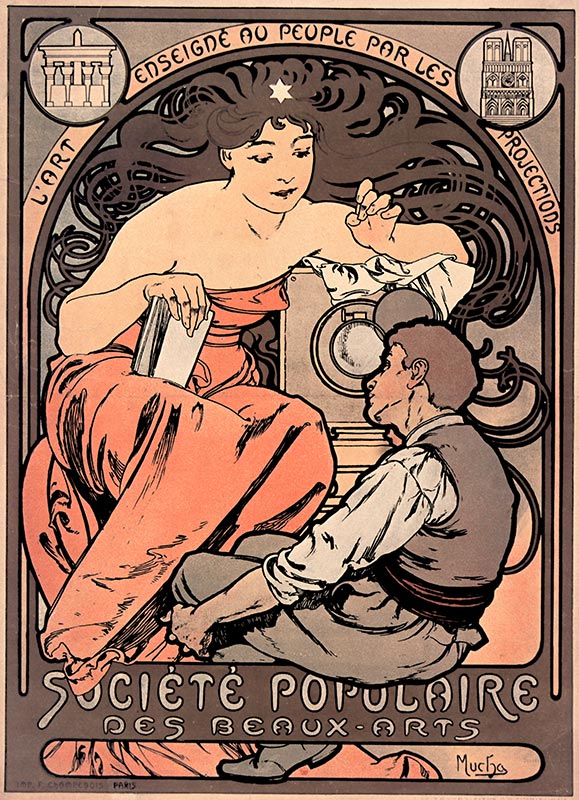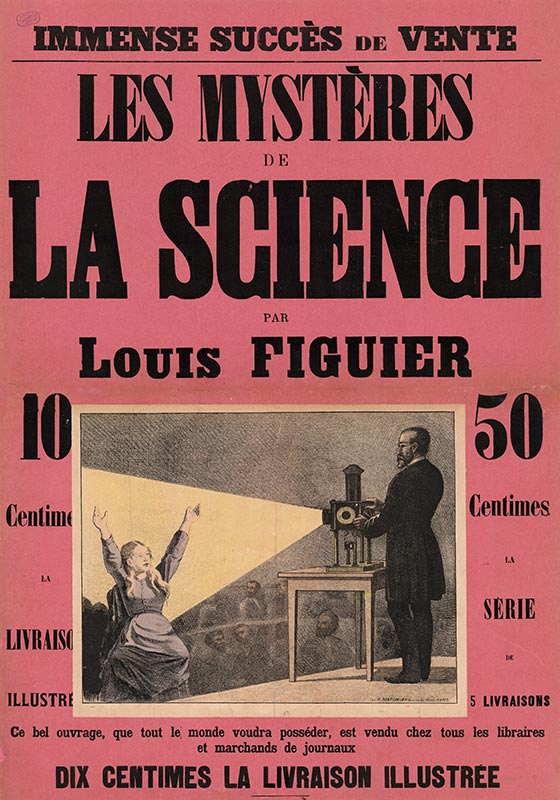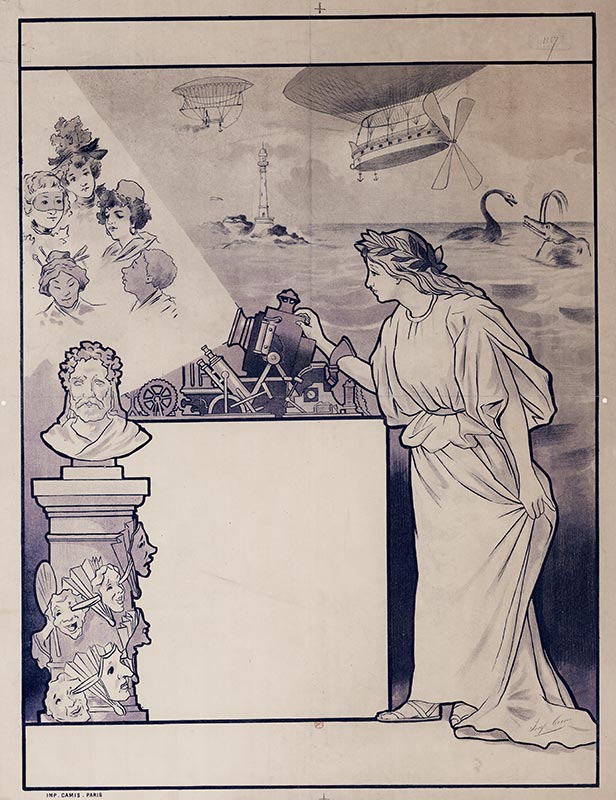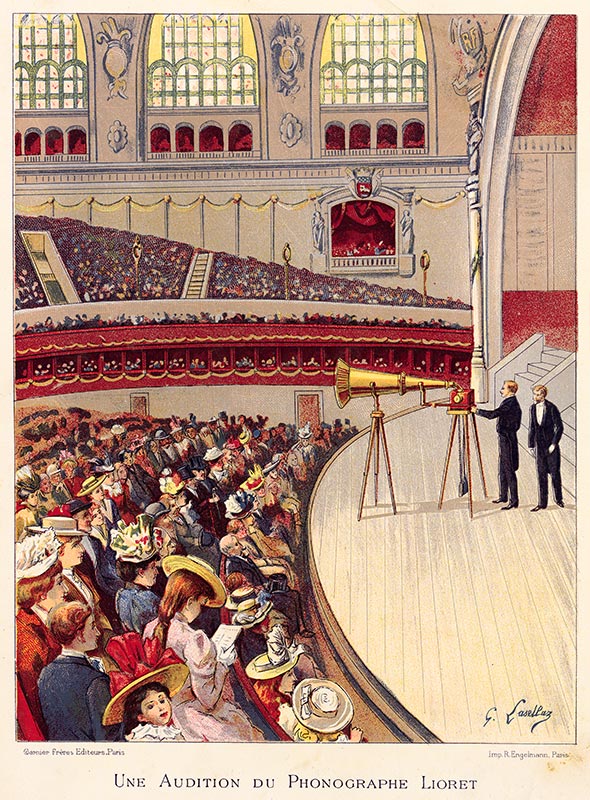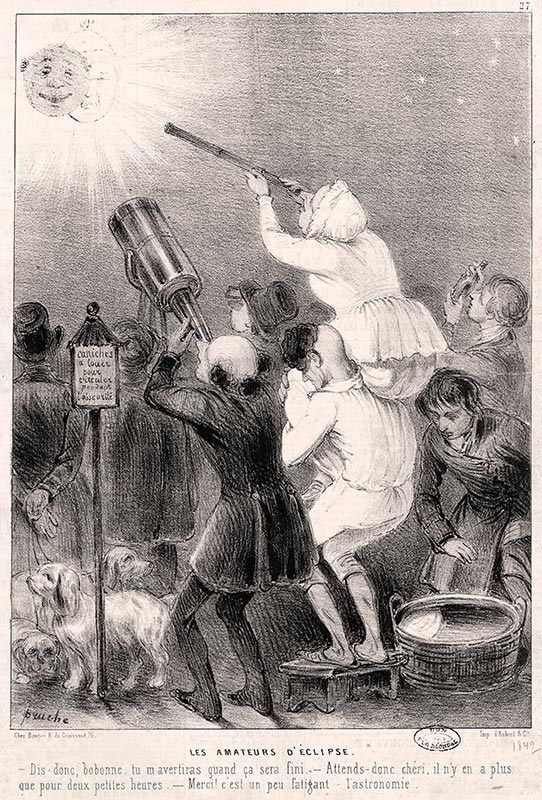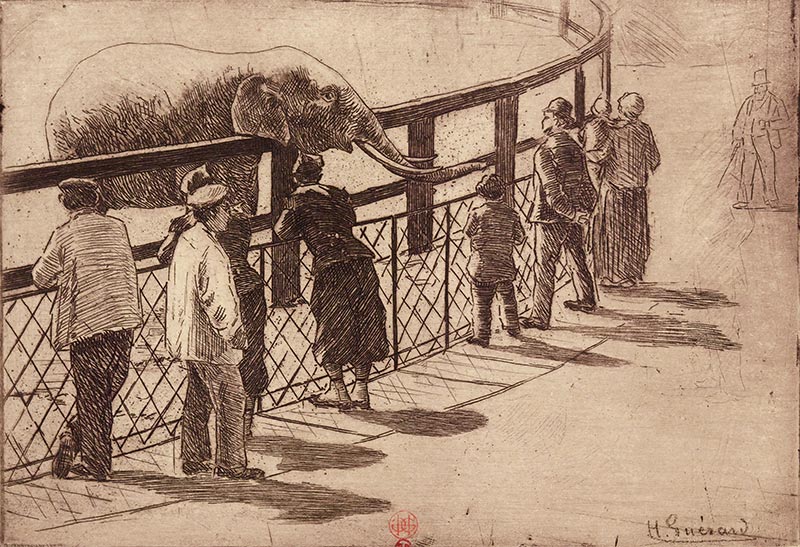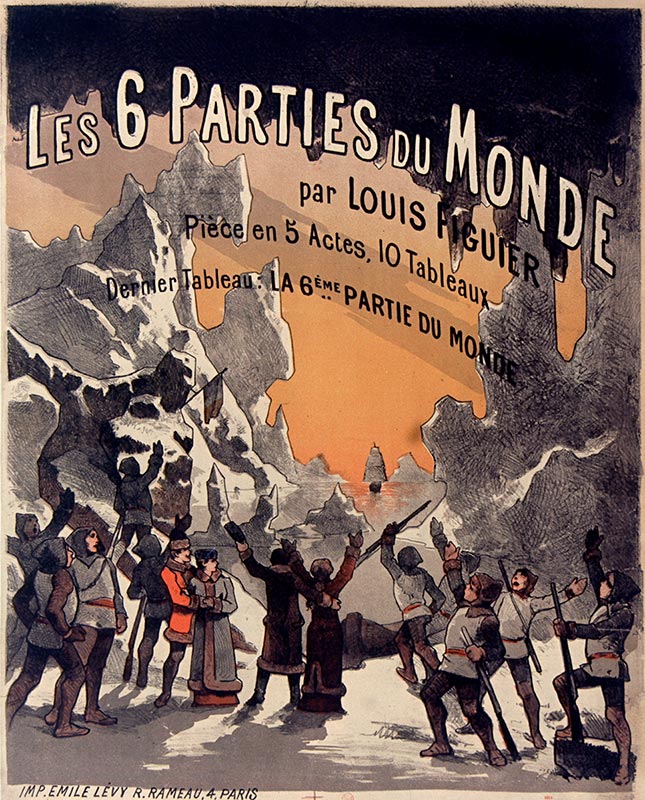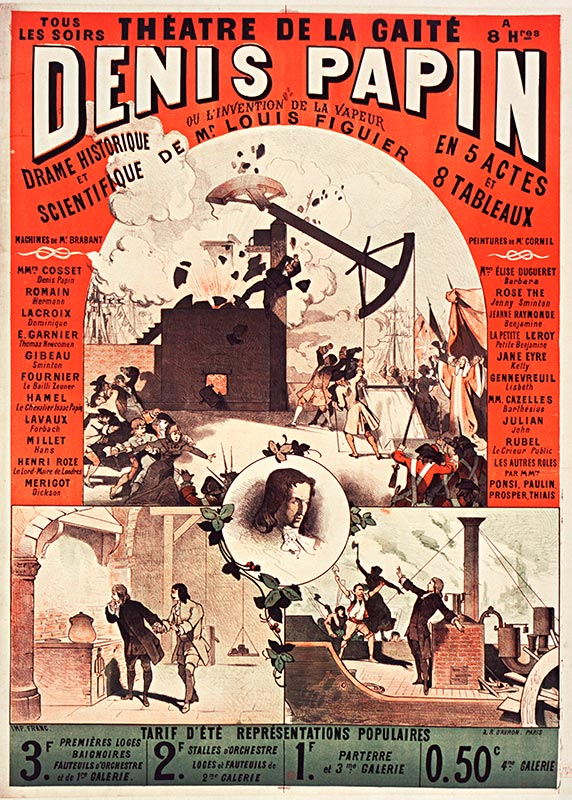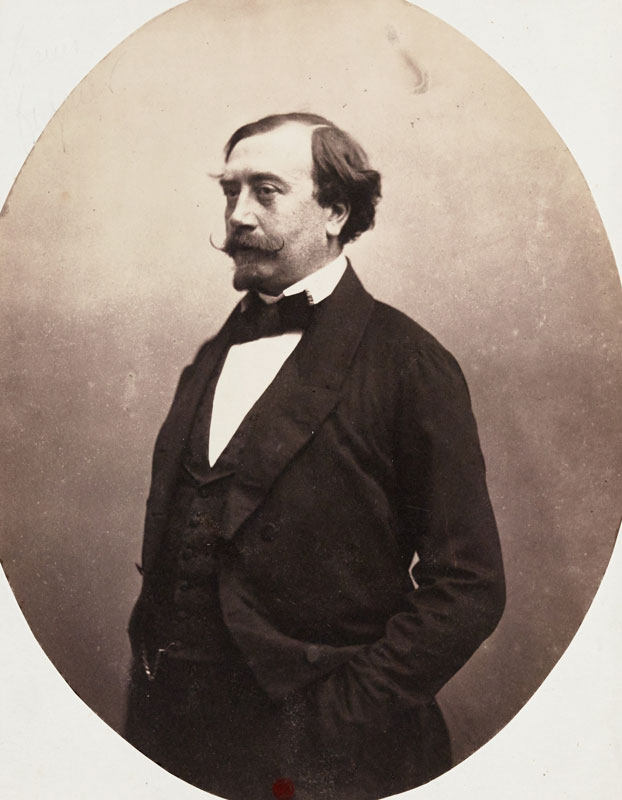Popularizing Every Which Way
“I inaugurated universal science teaching […] via projections, that is, with photographic images on glass plates, projected onto a screen, enlarged and made almost to glow in my Progress Hall.”
Moigno, François, Enseignement de tous par les projections (Teaching for All with Projections), 1882, p. II
Organizations and popularizers focused on developing other media besides books.
Classes that were open to the public, including even classes, were organized all over the place: not only in primary schools and universities, but also in theatres and meeting rooms.
Although their ambition was more cultural than truly educational, conferences and lectures for the general public also flourished.
Whether they were given by trained professors or popularizers, they took place in the evening or on Sundays in order to allow the largest possible audience to attend.
New technology for images led to new forms of presentation.
More and more often, the conferences were enhanced with projections, pictures being worth a thousand words.
An audience listening to Lioret’s phonograph, in Les dernières merveilles de la science
(The Latest Scientific Marvels), Daniel Bellet, 1900.
Musique de la Garde Républicaine de Paris en 1899
La féérie scientifique
Science’s place in public life, whether staged or not, was promoted everywhere: like the magic lantern in its day, presentations of recent inventions,
like the phonograph, were tremendously successful. The frenzy for them was such that they became a subject of caricature.
Finally, outings to museums, botanical gardens and zoos also offered introductions to science. As early as 1858, the Natural History Museum in Rouen offered a self-guided tour, in the shape of a written guide to the museum.
In addition, the collections were presented in an informative way, accompanied with wooden or plasters models to make them more pedagogical.

